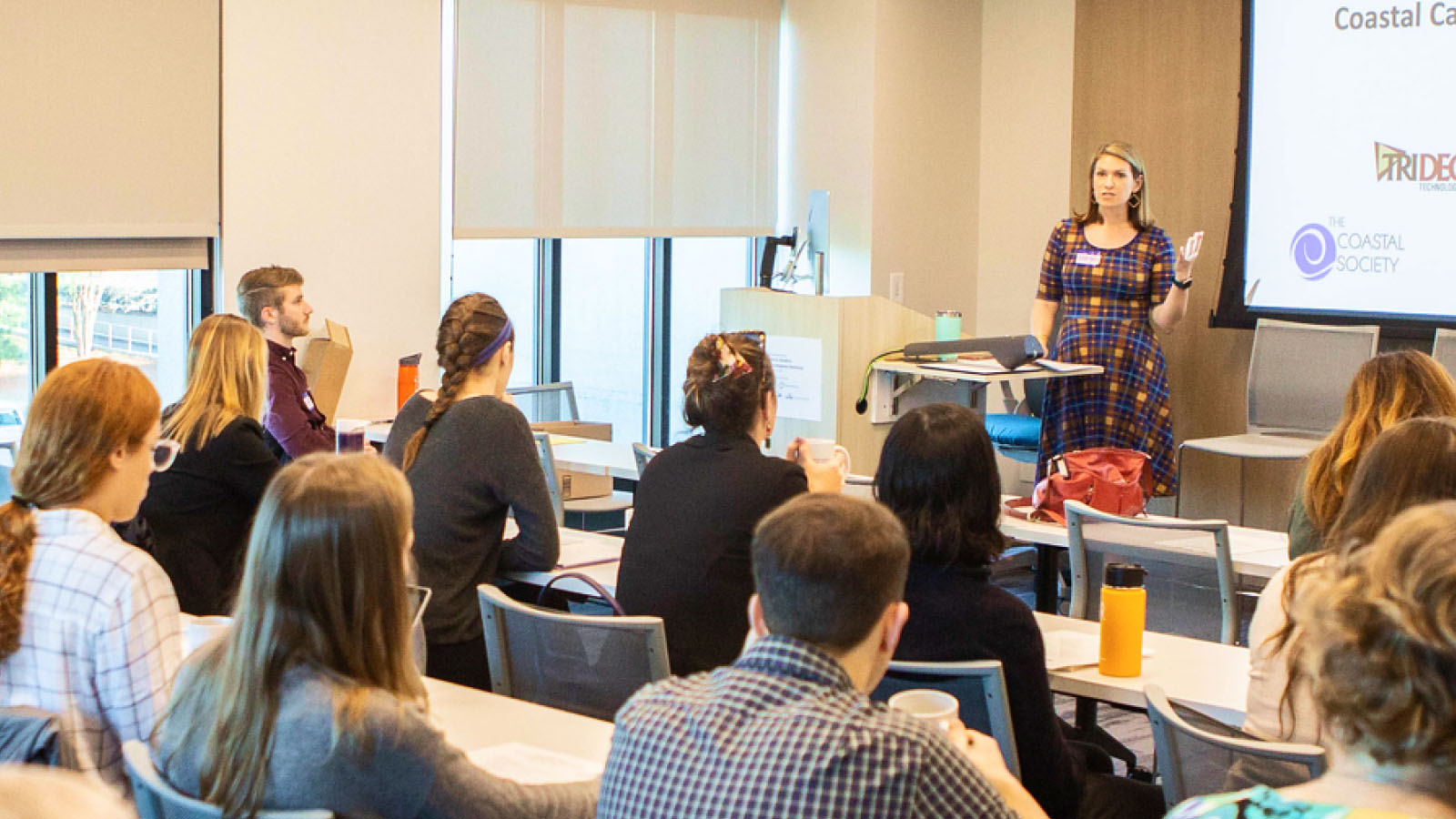The Takeaway: Learn how investing in a green infrastructure study helped this city gain support for green infrastructure with transparent information.
Overview
Toledo, Ohio, has travelled a typical Rust Belt trajectory of booming industrial economy followed by environmental and economic decline. As they write their next chapter, the city must address problems with water quality and recurring flooding. Their commitment to addressing these and other issues in a sustainable way has led to the city to consider green infrastructure approaches. A study of green infrastructure and its benefits helped Toledo explore the role of these practices and build support for a comprehensive approach.

Lessons Learned
- Find a champion. A local champion can make all the difference. Toledo‘s leadership, notably Michael Bell during his term as mayor, really believed in the value of applying a sustainability lens to Toledo’s rebuilding efforts and served as a catalyst; Tim Murphy, former Commissioner of Environmental Services, also was a key driving force.
- Engage citizens. The Greater Toledo: Going Beyond Green Regional Sustainability Plan was based on input from community members; water was a high priority and they focused on it as a core strategy. The Green Infrastructure Task Force was developed as a primary means to address this strategy and provides a forum to continue to advance implementation. The model of creating a task force to identify, seek resources for, and implement on-the-ground green infrastructure projects is already being replicated in the Great Lakes region by Duluth, Minnesota.
- Start small, go big. One of the task force’s first undertakings was to work on a green infrastructure portfolio standard. A portfolio standard is a planning process that guides efforts to ramp up implementation over the coming years and, in their own words, “expand the use of more natural ways to manage water that runs off our streets and other paved areas.” Using initial projects to build momentum and public acceptance, the community can begin to implement a green infrastructure network at the scale necessary to address its flooding and water quality goals.
- Understand community problems and solutions. The community worked with the Digital Coast Partnership, including NOAA and the Association of State Floodplain Managers, to study flooding issues and the role green infrastructure might play; this process created context for the community’s understanding of flood problem areas and impacts, a critical component for placing the right solution in the right place. Poorly designed implementation can in some cases exacerbate underlying issues and worsen flooding impacts. At the same time, communities should choose an analytical approach that is realistic given their capacity and available data sources.
- Position the community to respond to crises. In 2014, a harmful algal bloom produced a cytotoxin that made the city’s water source undrinkable for several days. Thanks to the city’s early work and readiness, officials were able to capitalize on this crisis to build further momentum for plans to address water quality and quantity through green infrastructure improvements.
The Process
To start the process, Toledo and the surrounding region engaged the public in a community visioning exercise. The resulting report, Greater Toledo: Going Beyond Green Regional Sustainability Plan, contained recommendations about protecting water quality and addressing pervasive and recurring flooding issues, issues the community would like to see improved using green infrastructure. A Green Infrastructure Task Force was formed to
- develop a plan for expanding use of green infrastructure approaches;
- address policy issues to help enable green infrastructure; and
- implement on-the-ground green infrastructure projects.
The City of Toledo partnered with NOAA and other Digital Coast partners to study the Silver Creek watershed. This watershed is already 92 percent covered by impervious surfaces and suffers from recurring flooding that is expected to increase due to climate change. The group identified areas of greatest flood risk, estimated the economic toll of past and future flooding, and explored potential green infrastructure benefits.
According to the study, implementing green infrastructure approaches would result in an estimated $700,000 in benefits over a 20-year period from reduced damages to buildings. Additional benefits include improved water quality, higher property values, and improved natural areas for wildlife habitat and community recreation areas.
With the study in hand, NOAA worked with the City of Toledo to identify and prioritize which green infrastructure options to implement.
Green Infrastructure Implementation
The city received $500,000 from the U.S. Environmental Protection Agency’s Great Lakes Shorelines Cities Green Infrastructure Grants. Two projects were approved: a street retrofit in the Silver Creek watershed and a series of green infrastructure projects within Cullen Park, the westernmost access point to Lake Erie.
The Silver Creek watershed project is a street retrofit, installing roadside bioswales and rain gardens along a half-mile stretch of roadway. The project occurs within the public right-of-way, a relatively new and innovative approach for Toledo, and aims to improve drainage and water quality. This approach is considered a small-scale technique (large-scale stormwater management approaches, such as conveyance improvements and large detention ponds, are more typical). Documenting the success of these smaller-scale projects, which are attainable for most cities, should help this approach be more widely accepted.
The Cullen Park project includes a series of best practices, including the installation of filter strips with sand and plants that filter pollutants, porous pavement to allow stormwater to soak into the ground and be rerouted to both constructed and existing natural filters, and constructed vernal pools that provide habitat and hold water at key peak times. Interpretive signage will help visitors to the park understand the project’s goals and benefits.
Elsewhere Toledo is working with corporate partners to implement green infrastructure in tandem with efforts to clean up and reuse industrial properties along its waterfront to attract new businesses. The support of some of the city’s larger industries in this effort should help green infrastructure gain new acceptance and understanding in the community, laying the foundation for further expansion.
Outcome
The city’s $500,000 grant for on-the-ground implementation at two sites also marks a key milestone in advancing green infrastructure within the community. The city and the private sector are making strides elsewhere, too, through active partnerships that incorporate green infrastructure practices as a component of redeveloping vacant waterfront areas. Implementing green infrastructure has also been found to help foster connection with water, which may not have previously existed even for residents living very near the waterfront. Green infrastructure “benefits our waterways because it’s inviting; people want to see green open spaces,” says Patekka Pope Bannister, Toledo’s chief of water resources. Citizens are beginning to view neighborhood green infrastructure projects, such as rain gardens and permeable alleys, as “their contribution to water quality.”
Next Steps
The City of Toledo has a solid foundation for implementing green infrastructure. The city’s challenge now, as articulated by David Fowler of the Milwaukee Metropolitan Sewerage District at one of Toledo’s workshops, is to move from “boutique” projects to full-scale, holistic implementation of green infrastructure. One approach is to create “regionalizing policies” across the city and county to remove barriers and uncertainty around green infrastructure. Toledo is perched at the mouth of the Maumee River, which drains a massive, primarily agricultural watershed; while action in Toledo helps, upstream action is also needed. Toledo wants to share its story with neighboring communities to help others implement green infrastructure. Locally, there is a perception that “people see [green infrastructure projects] as things that happen on the East Coast or the West Coast, and we can show them that we have examples here,” says Pope Bannister.
